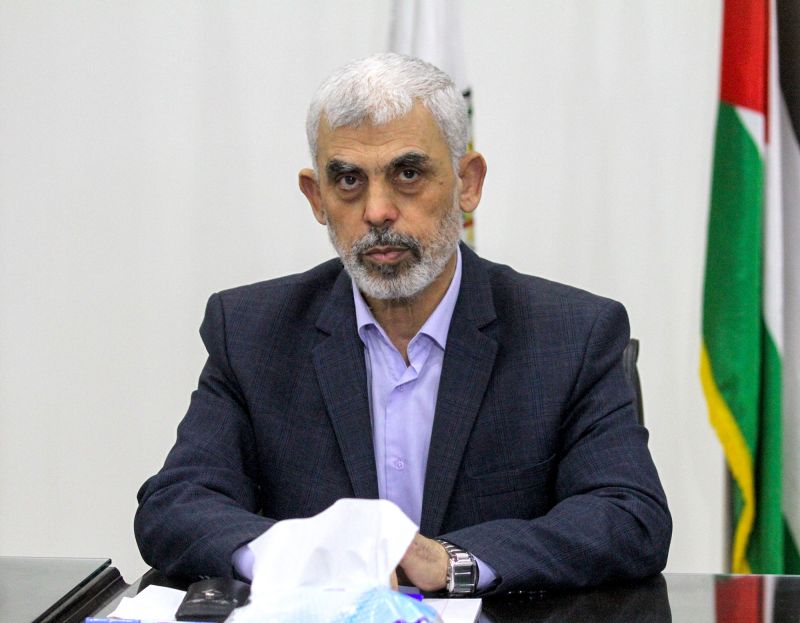The plight of the inhabitants of Gaza Strip, who have been grappling with harsh living conditions due to prolonged conflict and blockade, often doesn’t meet the eye of the international community as they deserve. Matters seem to be taking a turn for the worse with Hamas’ new leadership, which many Gazans foresee will continue their enduring misery.
A predominant theme echoing in the distressed lands of Gaza is hunger. An estimated 80% of households in Gaza are dependent on international aid for survival, making it a topic of grave concern. UNRWA, which offers essential services to around 70% of the Gazan population, reported that poverty and food insecurity have increased over the years due to worsening economic conditions and political instability. The agony of hunger is visible in the long queues for food handouts, the desperation of parents unable to feed their children, and the disillusionment in the eyes of teenagers who foresee a future devoid of opportunities.
The new leadership regime, instituted by Hamas, instead of offering glimmers of hope, has instilled fear and uncertainty among the denizens. This is because it comprises of hard-line military commanders rather than politicians with a diplomatic streak and propensity for negotiation. Yahya Sinwar, known for his aggressive strategies and rigidity, heads the newly formed leadership council. This sparks concerns in the minds of Gazans that the new leadership could lead to an escalation in violence and conflict, thereby perpetuating the current cycle of insecurity, stagnation and humanitarian despair.
Displacement woes of Gazans deepen in the shadow of the new leadership. Warfare and violence have led to the displacement of countless people, with families being uprooted and forced to live in makeshift dwellings that lack the basics of life. Such displacement circumstances take a toll on their mental health and breed feelings of hopelessness. The fear is that the hardliner stance of the new Hamas leadership might not favor a constructive dialogue with Israel and Egypt, leaving the peace process in complete disarray, which in turn could exacerbate the already stark living conditions.
The inability of Hamas leadership to mend strained relations with Egypt further compounds the problems faced by the Gazans. The resumed blockade of the Rafah border crossing, the only land passage out of Gaza not controlled by Israel, hinders the mobility of the residents while severely restricting the inflow of essential goods and commercial supplies.
Children in Gaza face a particularly horrendous fate. Their innocent childhood is marred by the reality of conflict, hunger and displacement. The schools are reduced to rubble, and even the operational ones follow irregular schedules due to frequent power outages and threats of violence. The new leadership, with its war-focused strategies, poses a threat to the very possibility of a substantial restart of education and regular life.
Despite the odds, the spirit of the Gazan populace is awe-inspiring – their resilience in the face of adversity, their continued hope for justice and peace. However, the bleak picture painted by the prospect of Hamas’ new leadership affirms the fear that the misery might continue unabated for the foreseeable future. It’s a stark reminder to the international community of the dire need for serious, balanced, and urgent interventions to alleviate the struggles faced by Gazans. With comprehensive, peace-oriented global efforts, the suffering of the Gazan people can certainly lessen.




